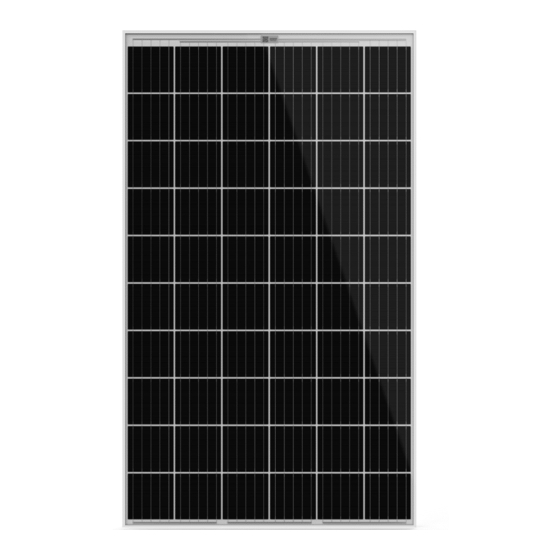Aleo S83 sol Руководство по установке - Страница 8
Просмотреть онлайн или скачать pdf Руководство по установке для Блок управления Aleo S83 sol. Aleo S83 sol 20 страниц.
Также для Aleo S83 sol: Руководство по установке (20 страниц)

8.4.2 Clearance under the modules
■
Minimum clearance
NOTE
• Rooftop or freefield mounting
Ensure a clearance of at least 4 cm between the rear
edge of the frame and the mounting surface (e.g.
the roof tiles) for the rear ventilation ofthe aleo
module.
• Roof-integrated mounting
Ensure an appropriate interval, for example, to the
trough of the mounting system. Also ensure ade-
quate ridge ventilation, for example, with a roof
ridge ventilator.
■
Maximum clearance
NOTE
• The largest permissible clearance is defined by
national standards. This is used to design the instal
lation on the assumed effects of wind and suction.
• The actual maximum clearance of an installation is
determined by the sub-structure. Ensure that your
sub-structure adheres to the permissible
clearances.
8.5
Avoiding seals
NOTE
• Avoid the use of a seal between aleo modules and
their mounting surface.
• Dry and cool operation can have a positive effect
on the performance as well as the service life of an
aleo module.
• Also for roof-integrated mounting, ensure good
rear ventilation to minimise loss of output which
results from a higher module temperature. Ensure
adequate ridge ventilation, for example, with a
roof ridge ventilator.
8.6
Clearance under the modules
NOTE
• Keep the space behind the laminate free of any
objects. This prevents damage to the insulating
back sheet and the junction box.
• Ensure that sharp or conductive parts (e.g. screws
or nails) do not protrude into the space behind the
module.
• If possible, take measures to prevent foreign
objects (e.g. snow, ice, leaves, twigs, branches
from being able to get behind the module.
Page 8/20
8.7
Shadowing
8.7.1 Avoidance of shadowing
NOTE
• Avoid shadowing of solar modules. This applies also
and especially for shadowing of small areas due to close
small objects like antennas or lightning protectors.
• If there is systematical shadowing in the course of the
day or year because of adjacent objects at the site and
you do not have any opportunity to affect the shado-
wing, then:
- take another site into consideration
- only plan with the non-shadowed parts of your site
when you configure your photovoltaic-generator
8.7.2 Effects of shadowing
NOTE
Even shadowing of a single module or solar cell can
appreciably affect the power output of your photovoltaic
plant.
If shadow falls on single solar modules of a photovoltaic
generator or on single solar cells of a solar module, the
shadowed parts generate less or no electrical power
anymore. This may affect the yield of the whole module
string and therefore the whole generator.
Furthermore, shadowing often causes the solar cells to
consume the otherwise in the module generated electri-
cal power. This may cause warming of the shadowed cells
in comparison to the not shaded cells, which in extreme
cases can raise the risk of fire.
Constant or systematic shadowing can cause a serious
yield loss and may accelerate the aging process and
therefore causes power loss or failures of the photovol-
taic generator. Avoid shadowing e.g. caused by building
parts, depending on day time or season (esp. in winter) to
optimize the yield and durability of your plant.
8.7.3 Protective devices of the modules
Aleo modules are equipped with bypass-elements to limit
the temperature rising because of the internal power con-
sumption induced by shadowing to a non-critical grade and
thus protect the module. Avoid systematic shadowing also
because the bypass-elements are not suited for constant,
long lasting loads.
aleo solar GmbH | Marius-Eriksen-Straße 1 | 17291 Prenzlau | Germany | [email protected]
Quick Reference Manual Rel. 4.7, 08/2020, EN
